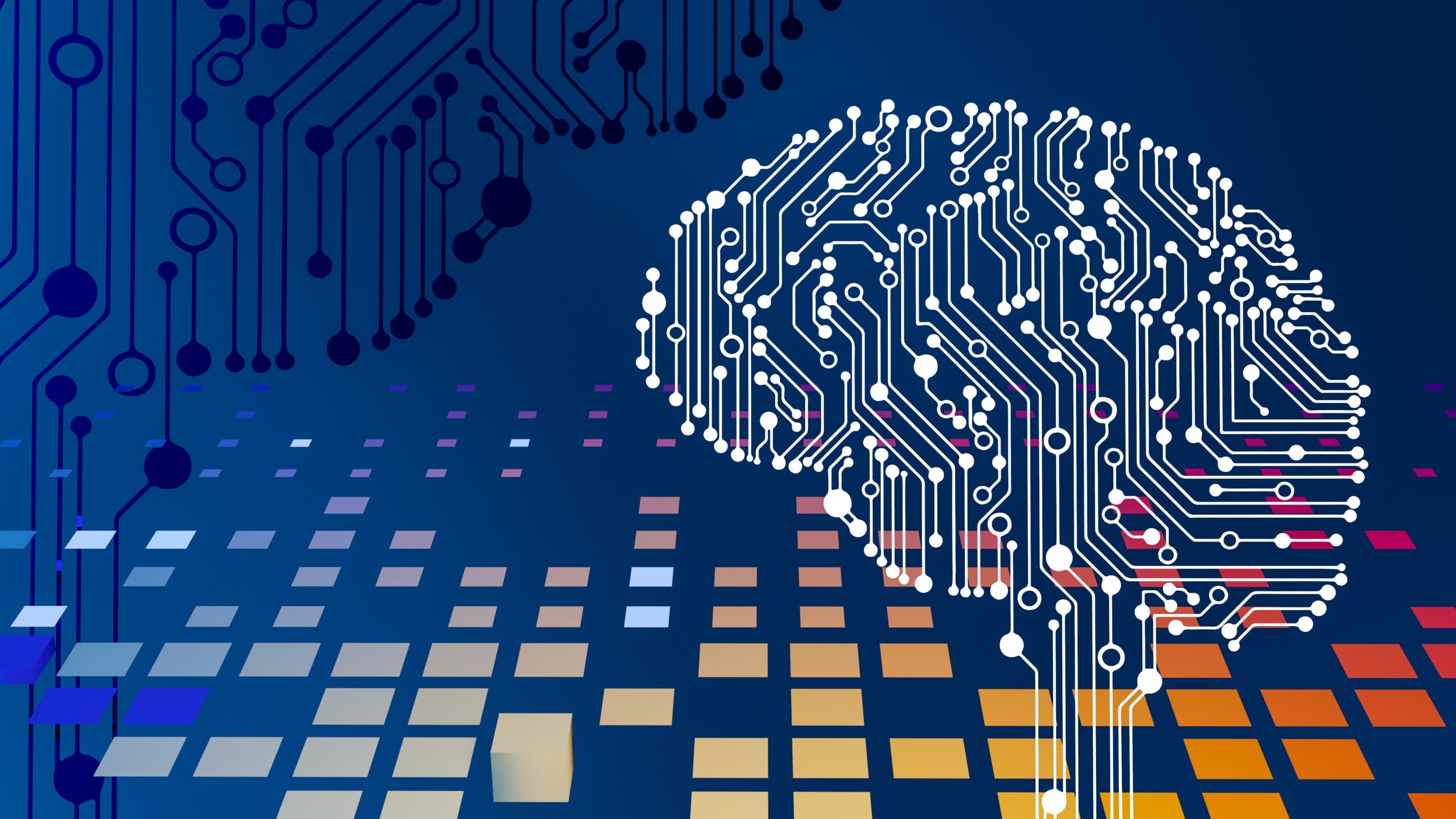It’s quite easy and exciting to see great possibilities for tools like ChatGPT, Alexa, or Grammarly as a few examples. AI is used in many places most people don’t even think of as AI. All that automation built on computer “reasoning” is algorithm-driven. That’s the basis of AI.
While it can be a very useful tool in our daily lives, cybercriminals have found it useful as well. With AI, social engineering and some malicious code, threats become much more effective and harder to detect. Let’s take a look at some of the security concerns.
Top AI-Driven Cybersecurity Risks:
Sophisticated Attacks: AI can be used to create more advanced and adaptive cyberattacks. Cybercriminals leverage AI to craft convincing phishing emails and deliver malware more effectively.
Deep Fakes and Manipulated Media: AI algorithms can generate deceptively realistic deep fake videos and audio recordings, making it challenging to trust digital media content.
Chatbot Deception: AI-powered chatbots can imitate human-like interactions, luring users into sharing personal information or making financial transactions with fraudulent entities.
Authentication Vulnerabilities: AI can be used to bypass traditional simple authentication methods.
Unauthorized Access: Unauthorized access can result from AI-driven attacks exposing sensitive data.
Data Privacy and Ethics: The use of AI for data analysis and profiling raises privacy concerns. Protecting sensitive information is critical.
So, what can we do to protect ourselves from AI-driven risks? There are a number of fairly simple steps everyone can take. While not comprehensive, this list should get you moving in the right direction.
Your Role in Combating These Risks:
Continuous Training: Knowledge is your first line of defense. Encouraging all staff to take weekly trainings which are short and focus on specific areas of security keeps everyone up-to-date on AI-driven threats and tactics. Short lessons remove the excuse that it takes too much time. Everyone can spare two to three minutes a week. The fact that they are weekly and cover different aspects of cybersecurity means that everyone has frequent reminders of risks and defense tactics. This builds a foundation for good habits.
Authentication: Enforce strong authentication methods like multi-factor authentication (MFA), biometrics and password managers to mitigate the risk of unauthorized access. Ensure everyone has their own credentials to resources—no sharing! Be wary of MFA fatigue attacks which can thwart your extra lines of defense.
Software and Firmware Updates: Keep all software up to date to address known threats. Unpatched vulnerabilities expose devices, and everything they access, to unmitigated risk. Firmware updates also patch security holes and are just as important as software updates. And it’s not just laptops and desktops that need updates to software and firmware; remember to update phones, tablets, wearables, printers, routers, smart devices—basically, anything that connects to the internet or other network devices. This is just as important for Apple devices as anything else!
Verify Sources: Be cautious when consuming digital content. Verify the authenticity of information, especially if it seems unusual or suspicious. Learn what to look for. Do you think you’re pretty good at identifying a deep fake? Test yourself, you may be surprised.
Access Controls: Limit access to sensitive data and systems. Something as simple as physical barriers: locked doors and drawers or privacy screens is a first step. Digital barriers are important, too—including where you have active microphones and cameras. AI can help monitor and manage access privileges.
Incident Response Planning: Develop and test an incident response plan to address any signs of a security breach effectively.
Remember, your vigilance plays a vital role in our collective cybersecurity efforts. By working together and staying informed, we can build a resilient superhuman firewall against Artificial Intelligence (AI)-driven and other cyber threats. If you have any questions or require further guidance, please don’t hesitate to reach out to us.
Photo by Steve Johnson on Unsplash


